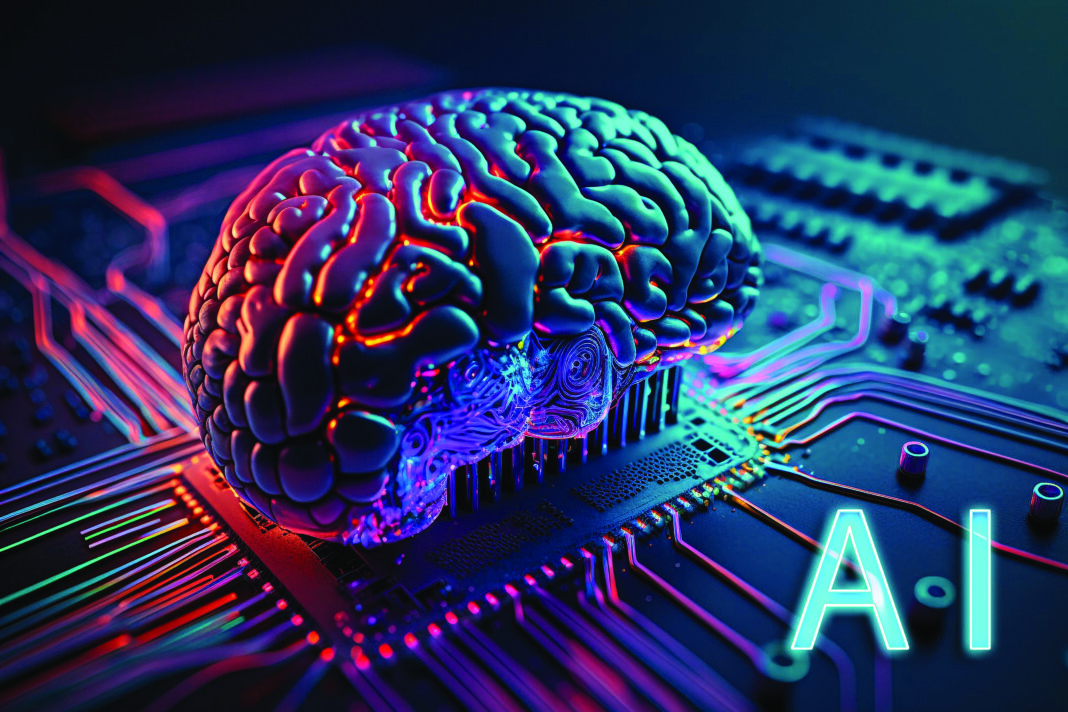Relebohile Kabelo
“Luddites” is a term that came into use in the 19th century. It derives from the eponym Ned Ludd, who instigated a movement that resisted the spread of industrial machinery, particularly in the textile industry. His followers launched raids on factories, destroying machines that threatened their livelihoods. Between 1811 and 1816, the movement was ultimately suppressed by government troops. Although those years were turbulent, the term Luddite continues to be used today to describe those who resist technological change.
In contemporary times, artificial intelligence has emerged as a technology that many workers perceive as a threat to employment. Opposition comes not only from workers but also from groups such as parents and teachers, who remain wary of its impact. They argue that AI encourages students to become overly dependent on it rather than cultivating independent learning. This may hold some truth; however, the question arises whether such critics are doing enough to teach constructive uses of AI, or whether they are, in effect, becoming modern Luddites.
History shows that every new technology has faced opposition before being accepted. In the fifteenth century, the printing press was condemned for spreading dangerous ideas. Later, electronic calculators were accused of making students dependent, while computers and the internet were once seen as threats to jobs and even human intelligence. Yet over time, each of these tools became not only accepted but essential to education and society. AI today follows the same path: it inspires fear, but it may eventually be recognized as another tool that reshapes how people work and learn.
As a student at the National University of Lesotho, I once had a discussion with my esteemed lecturer, Dr. Godfrey Hove, Head of the Historical Studies Department. He was very open during our discussion, but his main argument was that artificial intelligence is a potentially harmful tool. In his words, “AI is killing all these students, because everyone has their own tone, and therefore AI introduces a whole new different tone that leads lecturers into reading the same words in every student’s work. This is why students should be given tests and not assignments.” I understood his point, but I argued that AI can also be used as a tool rather than a crutch. While many students do rely on it inappropriately, I suggested that it could be formally taught in schools as a cost-effective way to edit written work. Dr. Hove disagreed, asserting that professional editors preserve the writer’s voice while AI distorts it, and therefore teaching AI would not be appropriate. I found it difficult to see the difference, since AI can edit while maintaining the writer’s style, but at a fraction of the cost of professional editors.
I have many arguments that advocate for technology, but potential Luddites would disagree. My first argument is that technology should be dynamic rather than stagnant. In juxtaposition to Dr. Hove’s point, he taught us in class that “population growth drives agricultural intensification and technological innovation, rather than being limited by it.”
These are not his words but an argument from Ester Boserup, which he presented in one module. They may not be his words, but they illustrate that “modern problems require modern solutions.” We cannot oppose technology, as it is always integrated within the human community. Stagnation means that we remain stuck, using the same tools that exhaust us. People who resist AI should logically oppose all technology, calculators, medicine, televisions, the internet, and more.
The internet was once seen as a threat to printed works, yet it created new opportunities: people became professional YouTubers, bloggers, and printing itself was digitalised. In our region, the internet can help preserve our culture and traditions, such as lithoko, lits’mo, and our lexicon.
Secondly, AI teaches faster than Google or any other form of education. It can instantly provide solutions to problems, from troubleshooting televisions and computers to almost anything else. This means that teachers can instruct students more efficiently using AI, and research work can be simplified. Students can learn better ways of presenting scholarly work, and children can quickly grasp basic concepts, such as the alphabet, directly on their screens. Long-standing problems can be solved much more quickly, and diagnoses can occur almost instantly.
AI should simply be seen as a learning instrument rather than a threat. The same workers who complain about it can explore new ways of earning money just by prompting a few words. While it may not be instant, AI can tailor solutions according to the user’s abilities and privileges.
The Luddite mindset may pose a threat to progress, but technology always finds its way into societies. Basotho were initially sceptical about the arrival of missionaries in their land, yet they benefited greatly from them. I often argue that much of Basotho culture is derived from these foreigners, including schools, seanamarena, maize, peach trees, ploughing equipment, and more.
These contributions continue to benefit Basotho to this day. My lecturer once taught us that culture is borrowed from one society to another, and it is evident that Basotho have gained significantly. They have adopted phones, televisions, electricity, and many other technologies, yet teachers and parents continue to argue against them.
Summary
- ” I understood his point, but I argued that AI can also be used as a tool rather than a crutch.
- While many students do rely on it inappropriately, I suggested that it could be formally taught in schools as a cost-effective way to edit written work.
- I found it difficult to see the difference, since AI can edit while maintaining the writer’s style, but at a fraction of the cost of professional editors.

Your Trusted Source for News and Insights in Lesotho!
At Newsday Media, we are passionate about delivering accurate, timely, and engaging news and multimedia content to our diverse audience. Founded with the vision of revolutionizing the media landscape in Lesotho, we have grown into a leading hybrid media company that blends traditional journalism with innovative digital platforms.










